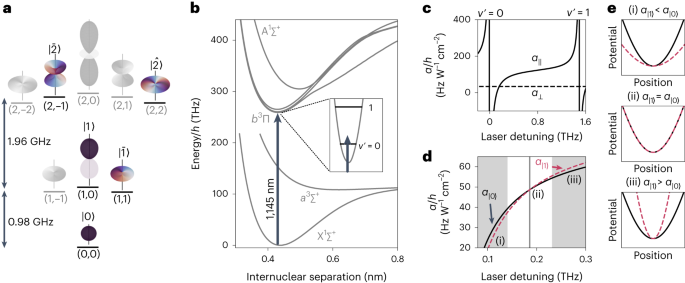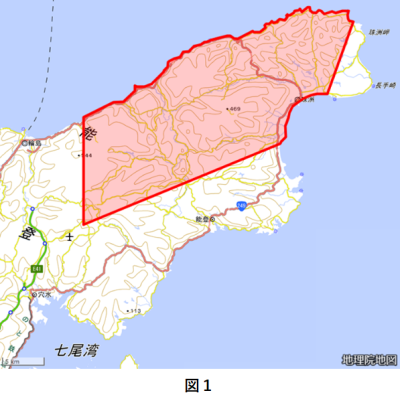2024-01-22 ロスアラモス国立研究所(LANL)
◆これにより、量子光電子デバイスやトポロジカル保護デバイスの開発が期待されます。研究結果は、他の量子材料にも適用可能であり、新たな実験の可能性を示しています。
<関連情報>
- https://discover.lanl.gov/news/0122-material-quantum-topological-potential/
- https://www.nature.com/articles/s41467-023-44547-7
HfTe5における制御可能な歪み駆動トポロジカル相転移と支配的な表面状態輸送を発見 Controllable strain-driven topological phase transition and dominant surface-state transport in HfTe5
Jinyu Liu,Yinong Zhou,Sebastian Yepez Rodriguez,Matthew A. Delmont,Robert A. Welser,Triet Ho,Nicholas Sirica,Kaleb McClure,Paolo Vilmercati,Joseph W. Ziller,Norman Mannella,Javier D. Sanchez-Yamagishi,Michael T. Pettes,Ruqian Wu & Luis A. Jauregui
Nature Communications Published:06 January 2024
DOI:https://doi.org/10.1038/s41467-023-44547-7

Abstract
The fine-tuning of topologically protected states in quantum materials holds great promise for novel electronic devices. However, there are limited methods that allow for the controlled and efficient modulation of the crystal lattice while simultaneously monitoring the changes in the electronic structure within a single sample. Here, we apply significant and controllable strain to high-quality HfTe5 samples and perform electrical transport measurements to reveal the topological phase transition from a weak topological insulator phase to a strong topological insulator phase. After applying high strain to HfTe5 and converting it into a strong topological insulator, we found that the resistivity of the sample increased by 190,500% and that the electronic transport was dominated by the topological surface states at cryogenic temperatures. Our results demonstrate the suitability of HfTe5 as a material for engineering topological properties, with the potential to generalize this approach to study topological phase transitions in van der Waals materials and heterostructures.



